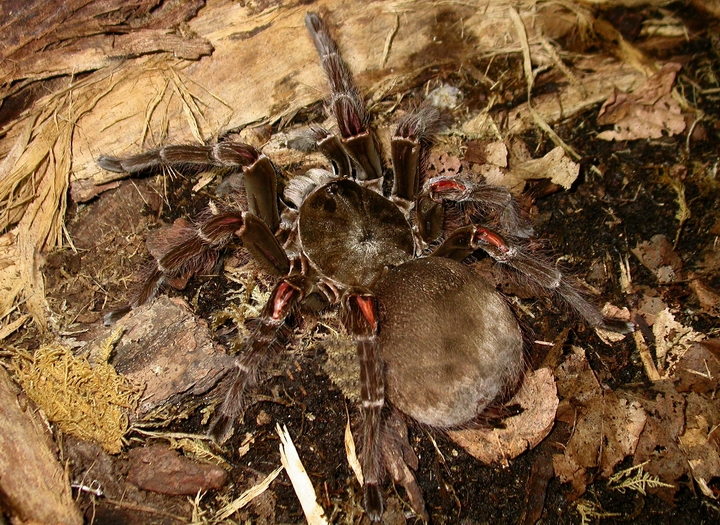In the dense rainforests of South America, something extraordinary happens every night. While most of us sleep, tiny frogs hop deliberately into the burrows of massive, hairy spiders that could easily devour them in seconds. Yet instead of becoming dinner, these little amphibians settle in comfortably, sharing space with creatures that most animals would flee from in terror. This isn’t a fairy tale or some Disney movie scenario – it’s one of nature’s most fascinating examples of unlikely partnerships that has left scientists scratching their heads for decades.
The Shocking Discovery That Changed Everything

Scientists first stumbled upon this bizarre relationship in the 1980s while studying Goliath bird-eating spiders in the Amazon. Picture their surprise when they lifted a spider’s burrow cover only to find a tiny frog sitting calmly next to one of the world’s largest arachnids. The frog wasn’t cowering in fear or trying to escape – it was simply hanging out like it owned the place. This discovery completely shattered what researchers thought they knew about predator-prey relationships. Here was a spider capable of taking down small birds and rodents, yet it was peacefully coexisting with a creature that should have been the perfect bite-sized snack. The scientific community was buzzing with questions that seemed impossible to answer.
Meet the Unlikely Roommates
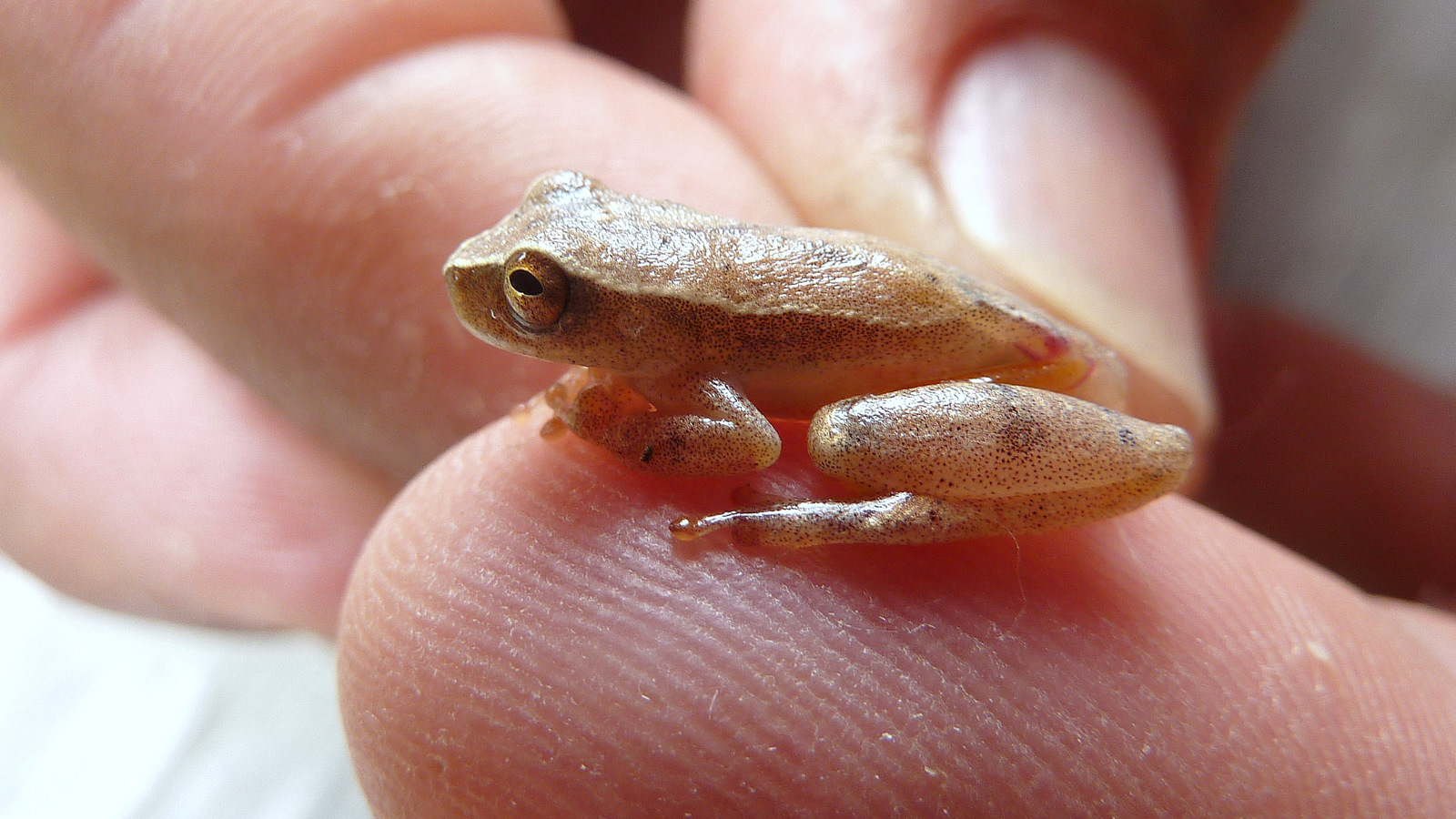
The stars of this strange partnership are the Goliath bird-eating spider (Theraphosa blondi) and tiny microhylid frogs, particularly species like Chiasmocleis ventrimaculata. These frogs are about the size of a large grape, while their spider landlords can have leg spans reaching nearly a foot across. It’s like a chihuahua deciding to share a den with a grizzly bear. These spiders are impressive creatures that can live up to 25 years and weigh as much as a small mouse. They’re covered in irritating hairs that they can kick at threats, and their fangs are large enough to pierce human fingernails. Yet somehow, these tiny frogs have figured out how to not only survive around them but actually thrive in their presence.
The Frog’s Ingenious Survival Strategy
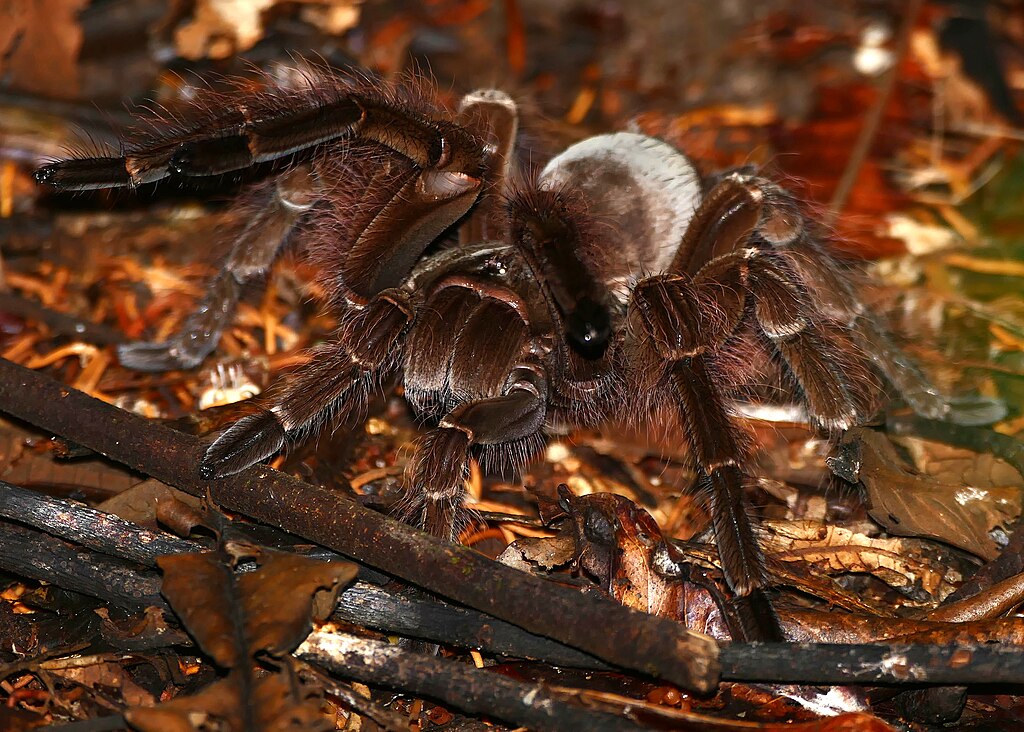
Living with a giant spider might seem like the worst possible housing arrangement, but these frogs have turned it into pure genius. The spider’s burrow provides them with the perfect microenvironment – it’s humid, temperature-controlled, and protected from the harsh elements of the rainforest. Think of it as moving into a luxury underground bunker with built-in climate control. The burrow also offers protection from predators that would normally make quick work of such small frogs. Snakes, birds, and other amphibian-eating creatures think twice before venturing into a Goliath spider’s territory. It’s like having the toughest bouncer in the neighborhood keeping unwanted visitors away from your front door.
What’s on the Menu for These Tiny Tenants

These resourceful frogs have essentially turned their spider roommate into an unwitting meal delivery service. When the spider catches prey, it injects digestive enzymes and sucks out the liquefied contents, but it doesn’t always finish everything. The frogs feast on these leftovers, getting nutrients they might never encounter otherwise. But the real treasure lies in the spider’s waste products and the various insects attracted to the burrow’s ecosystem. Ants, in particular, are drawn to the area, and these tiny frogs have specialized in catching prey that’s too small for the spider to bother with. They’ve essentially found their own ecological niche within the spider’s domain.
The Spider’s Unexpected Housekeeping Service

While the frogs are clearly getting shelter and food, what could a mighty Goliath spider possibly gain from these tiny tenants? The answer lies in one of nature’s most practical arrangements: pest control. The spider’s burrow attracts various parasites and small insects that can be harmful to spider eggs and young spiderlings. These little frogs act like living vacuum cleaners, constantly patrolling the burrow and eating anything small enough to fit in their mouths. They’re particularly effective at controlling ant populations, which can pose a serious threat to spider eggs. It’s like having a dedicated cleaning crew that works around the clock to keep your home pest-free.
Chemical Warfare and Mutual Protection
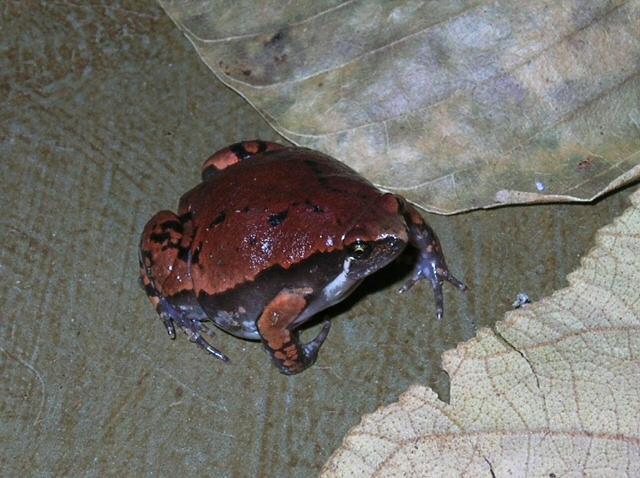
The relationship goes deeper than just shelter and pest control. Research has revealed that these frogs may actually provide chemical protection for their spider hosts. Some microhylid frogs produce skin secretions that can repel certain parasites and harmful bacteria that might otherwise infect the spider’s sensitive egg sacs. In return, the spider’s presence offers the frogs protection from their own parasites and diseases. The spider’s burrow environment, with its specific humidity and temperature levels, creates conditions that are hostile to many frog pathogens. It’s like living in a sterile environment that keeps both species healthier than they would be on their own.
The Delicate Dance of Coexistence
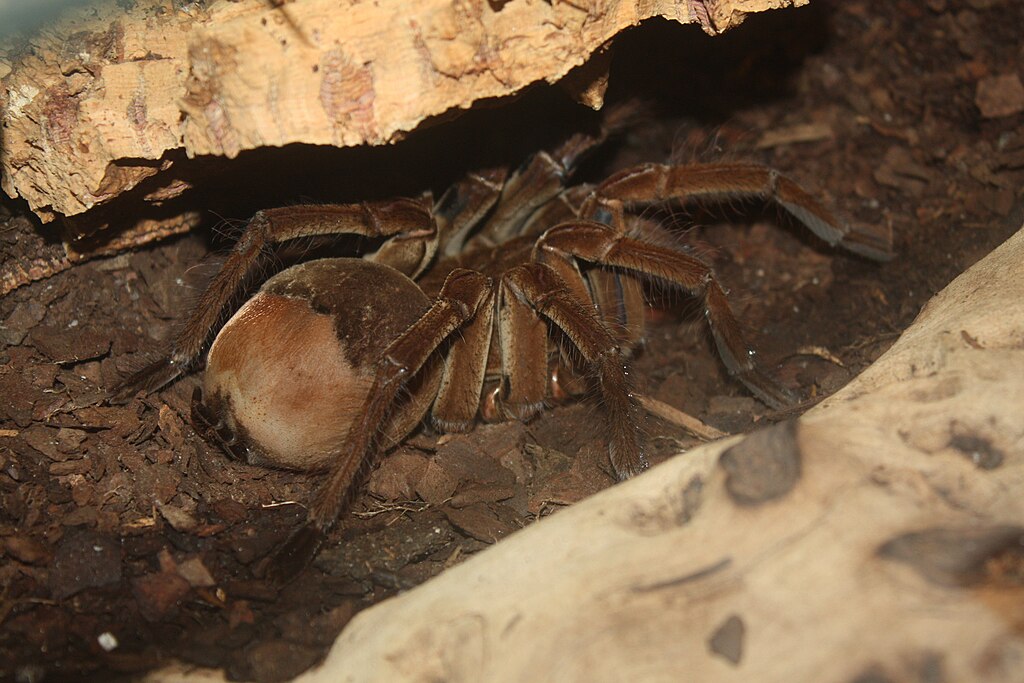
Living with a predator requires incredible finesse, and these frogs have developed behavioral adaptations that border on the miraculous. They’ve learned to read the spider’s body language and mood, knowing exactly when to give their host space and when it’s safe to move around freely. The frogs are most active when the spider is out hunting, using this time to explore the burrow and catch their own prey. When the spider returns, they retreat to specific areas within the burrow, almost like they have their own designated living spaces. They’ve essentially learned to be the perfect roommates – quiet, helpful, and respectful of boundaries.
Breeding in the Shadow of Giants

Perhaps most remarkably, these frogs don’t just visit the spider’s burrow – they actually raise their families there. Female frogs lay their eggs in the humid environment of the burrow, and the tadpoles develop in small pools of water that collect in the underground chamber. The spider’s presence provides protection during this most vulnerable stage of their life cycle. The spider seems to recognize frog eggs and young tadpoles as off-limits, never showing aggression toward them. This suggests a level of recognition and restraint that scientists are still trying to fully understand. It’s as if the spider has developed a kind of parental instinct toward its tiny tenants’ offspring.
Communication Without Words
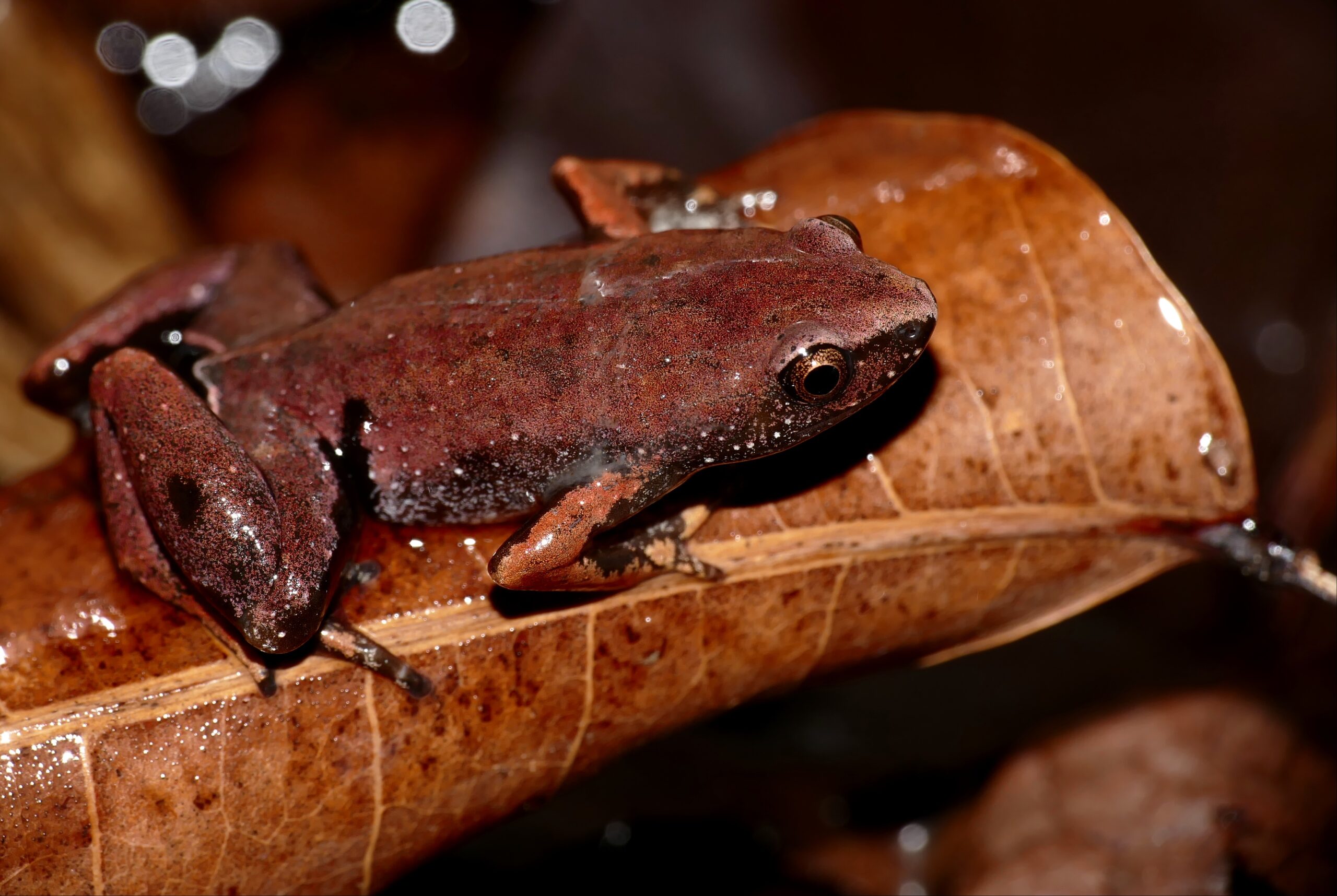
One of the most fascinating aspects of this relationship is how these two completely different species manage to communicate. The frogs have developed subtle ways of signaling their presence to the spider, using gentle vibrations and positioning that seem to convey “friend, not food.” The spider, in turn, appears to recognize these signals and responds appropriately. Scientists believe this communication system has evolved over thousands of years, becoming so refined that it’s almost like a secret language between species. The frogs know how to announce their return to the burrow, while the spider has learned to distinguish between the movements of its tiny roommates and potential prey.
The Evolutionary Marvel Behind the Partnership
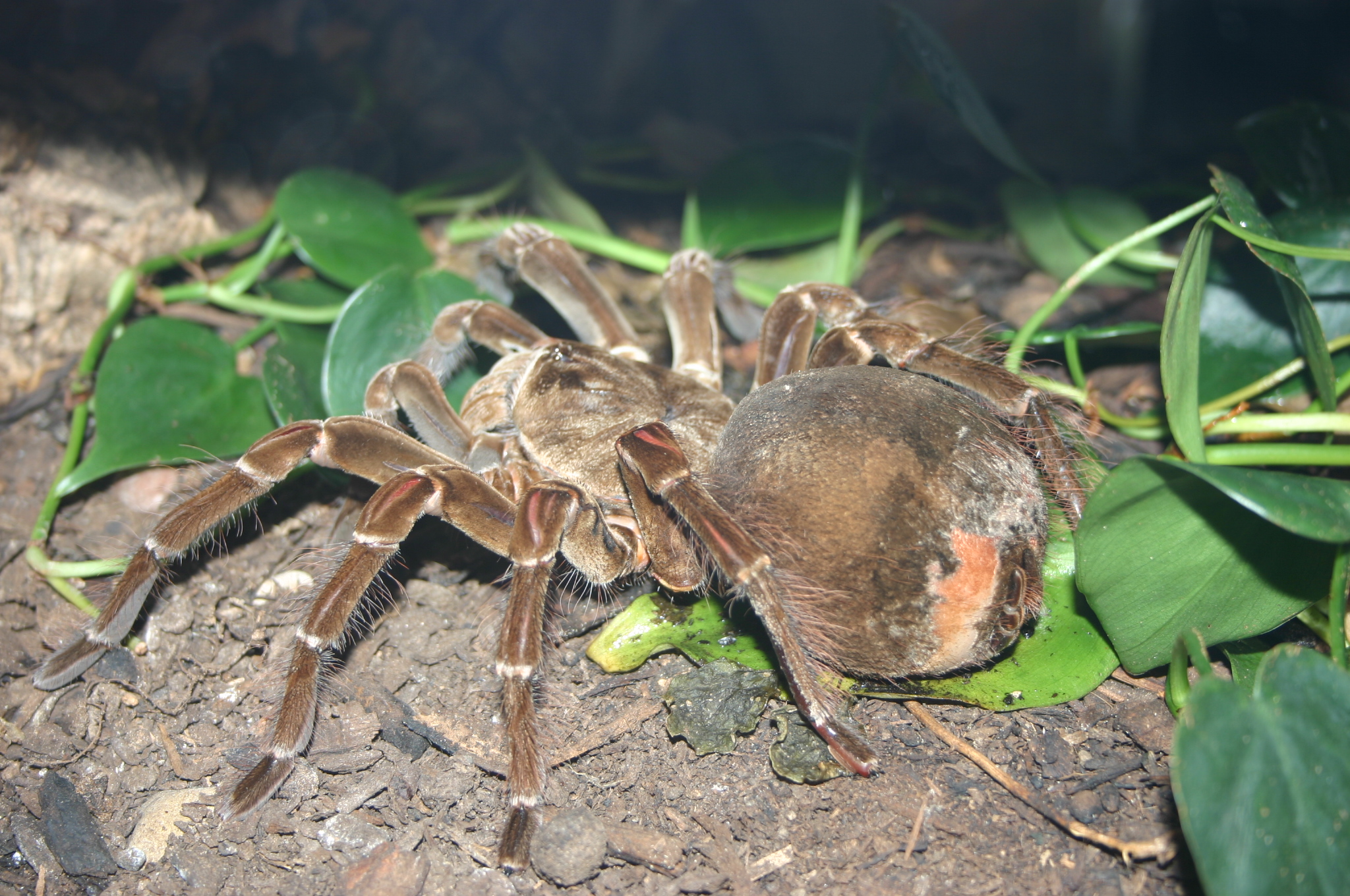
This relationship represents millions of years of evolutionary fine-tuning. Both species have gradually adapted to make this partnership work, with the frogs developing specialized behaviors and the spiders learning to tolerate and even benefit from their presence. It’s a perfect example of how evolution can create solutions that seem impossible at first glance. The fact that this relationship has persisted and thrived suggests that it provides significant survival advantages to both species. In the harsh environment of the rainforest, where every advantage matters, this partnership has proven to be a winning strategy that has been refined over countless generations.
Beyond the Amazon: Similar Relationships Worldwide

While the Goliath spider-frog relationship is the most famous example, similar partnerships exist in other parts of the world. In some regions of Africa and Asia, different species of spiders and frogs have developed their own versions of this arrangement, each adapted to their specific environmental conditions. These discoveries suggest that spider-frog partnerships might be more common than previously thought. As scientists continue to explore remote ecosystems, they’re finding new examples of these unlikely alliances, each with its own unique adaptations and benefits. It’s like discovering that this successful business model has been franchised across the globe.
The Threats Facing These Incredible Partnerships
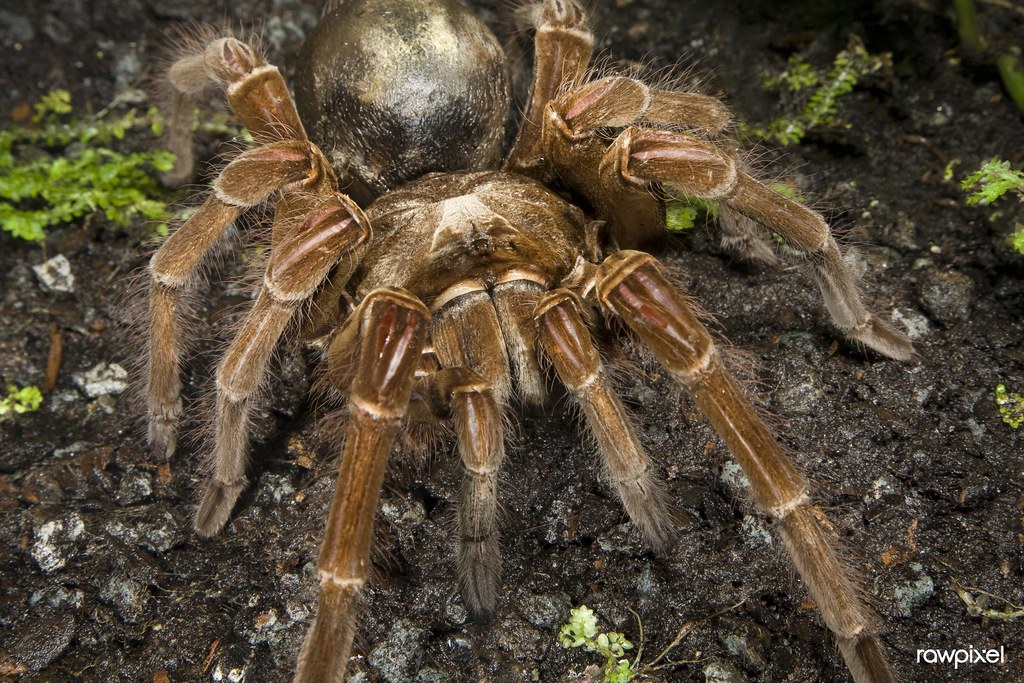
Unfortunately, these remarkable relationships face serious threats from human activities. Deforestation, climate change, and habitat destruction are putting pressure on both species, disrupting the delicate balance that makes their partnership possible. When either species suffers, the entire relationship breaks down. The loss of these partnerships would be a tragedy not just for the animals involved, but for our understanding of how complex ecosystems function. These relationships provide crucial insights into cooperation in nature and could inspire new approaches to conservation and environmental management.
What This Means for Our Understanding of Nature
The spider-frog partnership challenges our basic assumptions about how nature works. It shows us that the natural world is far more complex and interconnected than we often realize, with relationships that defy simple categorization. These discoveries remind us that there’s still so much we don’t know about the intricate web of life on our planet. This relationship also highlights the importance of protecting entire ecosystems rather than just individual species. The spiders and frogs can’t survive without their specific rainforest habitat, and their partnership contributes to the overall health of their environment. It’s a perfect example of why conservation efforts need to think holistically about ecosystem preservation.
The Future of This Extraordinary Alliance
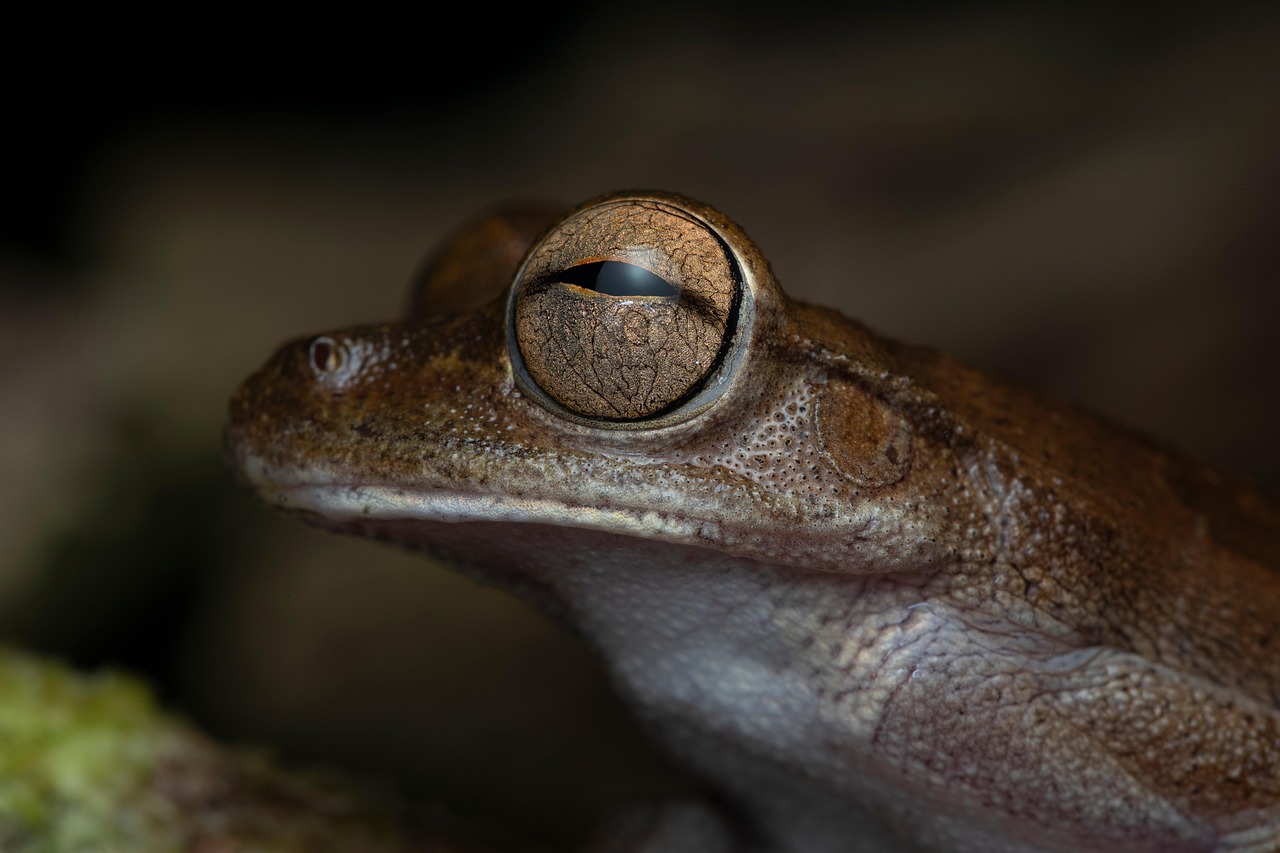
As researchers continue to study these remarkable partnerships, they’re uncovering new details about how they work and why they’ve been so successful. Advanced technology is allowing scientists to observe these relationships in ways that were impossible just a few decades ago, revealing behaviors and interactions that were previously hidden. Understanding these partnerships could also have practical applications for human society. The principles of cooperation and mutual benefit that govern spider-frog relationships might inspire new approaches to everything from urban planning to international diplomacy. Nature has already solved many of the cooperation challenges that humans still struggle with.
Conclusion
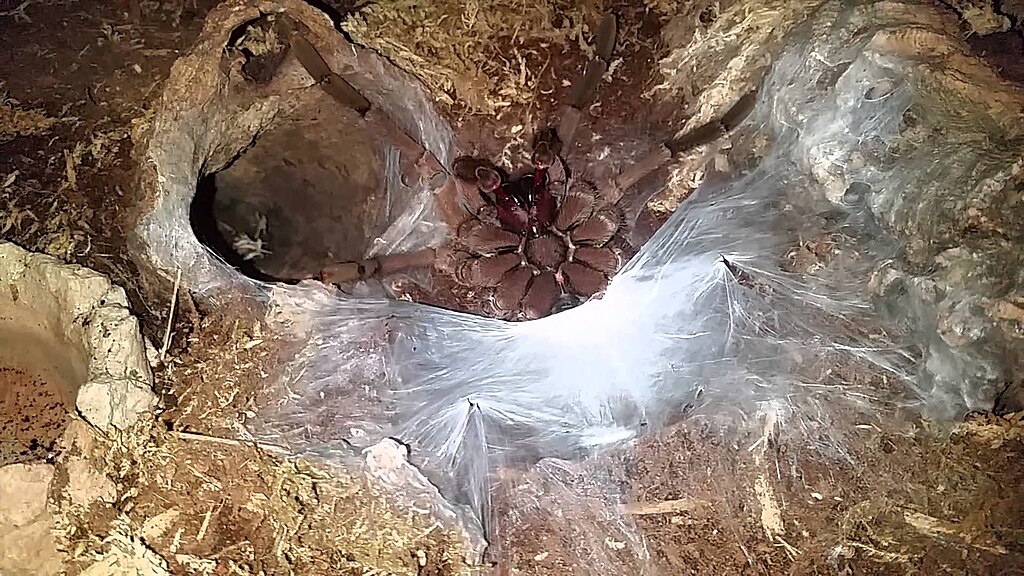
The partnership between Goliath spiders and tiny frogs represents one of nature’s most remarkable examples of unlikely cooperation. These relationships show us that survival in the natural world often depends not on competition and conflict, but on finding creative ways to work together. The frogs get protection, shelter, and food, while the spiders receive pest control and possibly chemical protection for their offspring. This delicate balance, refined over millions of years, demonstrates the incredible complexity and beauty of natural ecosystems. As we face our own challenges with cooperation and environmental protection, perhaps we can learn something from these tiny teachers who’ve figured out how to turn potential enemies into essential partners. What other impossible partnerships might be hiding in the world’s remaining wild places, waiting to teach us new lessons about the power of cooperation?

